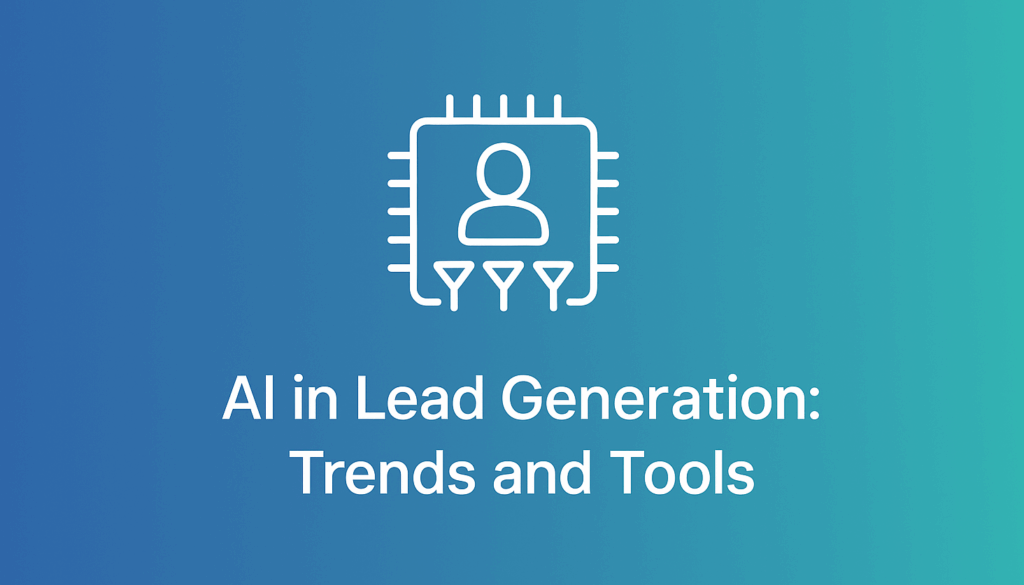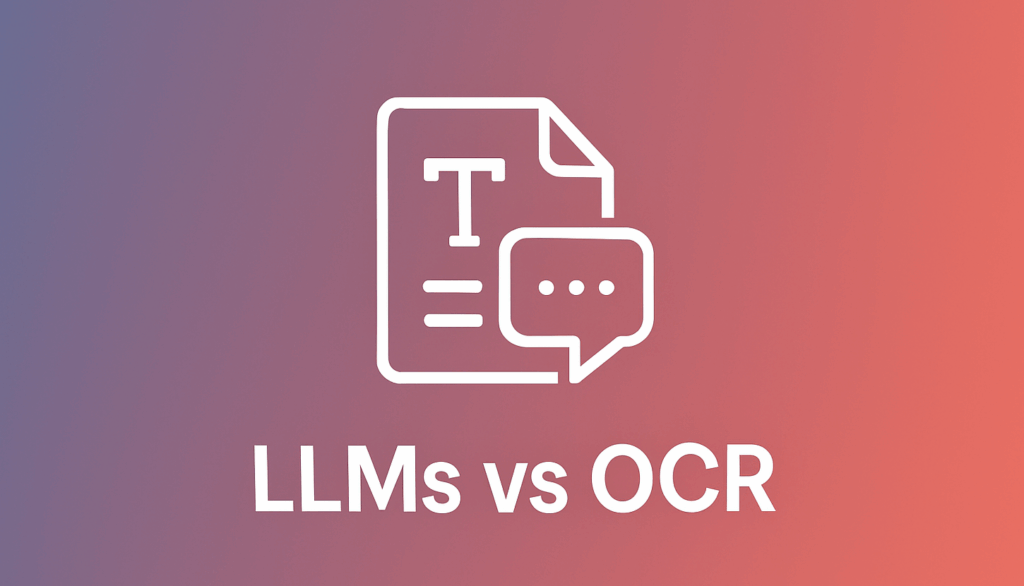Not too long ago, lead generation meant hours of manual digging—cold calls, endless spreadsheets, and a lot of hoping the right person would pick up. Sales teams relied on gut instinct and lucky guesses more than they’d like to admit.
Now? AI sales software is flipping the script. It’s faster, sharper, and smarter. It’s not just about finding leads anymore—it’s about knowing who’s ready to talk, what they care about, and when to reach out. Let’s break down the biggest trends in AI tools for lead generation and the platforms changing the way teams work.
Explore AI-powered lead generation services and discover how to leverage intelligent software with human insight to drive tangible results. Whether you’re scaling a team or launching into new markets, tailored outreach backed by a proven strategy —let’s build your pipeline.
Contents
Why AI Matters in Modern Lead Generation
People expect personalized outreach, quick responses, and relevant offers. AI helps teams deliver all of that without burning out.
Here’s what makes AI such a game-changer for lead gen:
- Efficiency: AI-powered lead generation automation handles the heavy lifting. It can scan thousands of data points in seconds, flag the right contacts, and even write first-draft emails—freeing up your team to focus on genuine conversations.
- Accuracy: Instead of guessing who might be a fit, AI uses real-time signals, such as site visits, email opens, and firmographic matches, to pinpoint leads with genuine buying intent.
- Scalability: Whether targeting 100 or 100,000 prospects, AI ensures consistent outreach. You can scale campaigns across regions, verticals, or personas without losing quality.

Key AI Trends Transforming Lead Gen in 2025
AI can reshape how we find, qualify, and convert leads. In 2025, the shift will be all about relevance, speed, and scale. Here are the standout trends pushing lead generation into its next phase.
Predictive Lead Scoring
Forget the old lead scoring models based on surface-level information, such as company size or job title. AI looks deeper. It analyzes historical data, web activity, engagement history, CRM notes—basically, everything. Then it predicts which leads are likely to convert.
Did someone download your whitepaper, visit the pricing page twice, and open your last three emails? That’s a hot lead—and AI spots it before your rep logs in.
Use Case: Sales teams can prioritize follow-ups based on behavior, not assumptions.
Hyper-Personalization at Scale
AI allows marketers to treat thousands of leads like individuals. It can write subject lines that match a lead’s industry, suggest offers based on their behavior, and even tweak landing page content depending on who’s visiting.
The result? Outreach that feels handcrafted—even though it’s fully automated.
Use Case: Tools like Lavender or Instantly can generate AI-powered emails that feel personal without spending hours writing each one.
Conversational AI & Chatbots
AI chatbots aren’t just for FAQs anymore. Today’s bots can quickly qualify leads, ask intelligent questions, and sync directly with your CRM. They’re working 24/7, capturing interest even while your team sleeps.
Additionally, conversation intelligence tools record and analyze sales calls to provide valuable insights. They flag objections, suggest better phrasing, and help reps improve every pitch.
Use Case: A chatbot on your pricing page can route hot leads straight to sales. Meanwhile, tools like Gong or Chorus give your team instant feedback on how those calls went.
Top AI Tools for Lead Generation
With numerous tools available on the market, it’s easy to become overwhelmed. But some platforms consistently stand out for their impact, speed, and ability to scale outreach without sacrificing quality. Here’s a quick look at the top AI-driven tools making a real difference in 2025.
Leadspicker
Leadspicker is all about smart lead sourcing. It scans millions of online data points to find fresh, relevant B2B contacts and automatically enriches them. Whether you’re targeting startups, enterprise buyers, or niche industries, it delivers curated leads that are a perfect fit.
Best for: Building lead lists fast without sacrificing quality.
Apollo / ZoomInfo
These platforms are go-tos for many sales teams—and for good reason. They don’t just offer huge databases. With predictive filtering, real-time updates, and firmographic targeting, Apollo and ZoomInfo make sure you’re reaching the right people at the right time.
Best for: Prospecting at scale with up-to-date, accurate contact data.
Exceed.ai / Drift
These tools bring AI-powered conversations to life. Exceed.ai automatically follows up with leads, handling qualification before passing them on to a human representative. Drift takes it even further, engaging visitors live on your website with smart chat that books meetings while you sleep.
Best for: Conversational lead qualification and chatbot-driven engagement.
Outreach.io
Outreach is a powerhouse when it comes to sales engagement. It uses AI to optimize email sequences, track performance, and suggest improvements. Whether it’s the best time to send or which subject line is working, outreach gives you the data and lead generation automation to do more with less.
Best for: Streamlining outbound sequences and improving rep performance.
Conclusion
The way we generate leads is changing rapidly, and AI is at the center of this transformation. From predictive scoring to hyper-personalized outreach and round-the-clock chatbots, the sales process is becoming smarter, faster, and more efficient. But none of these tools work in a vacuum. It’s still people who close deals, build trust, and turn leads into long-term customers.
To stay competitive, start experimenting. Try new tools, run small tests, track what works, and adjust. The goal isn’t to automate everything—it’s to amplify your team’s strengths with the right tech.
Shahzad Ahmad Mirza is a web developer, entrepreneur, and trainer based in Lahore, Pakistan. He started his career in 2000 and founded his web development agency, Designs Valley, in 2012. Mirza also runs a YouTube channel, “Learn With Shahzad Ahmad Mirza,” where he shares his web programming and internet marketing expertise. He has trained over 50,000 students, many of whom have become successful digital marketers, programmers, and freelancers. He also created the GBOB (Guest Blog Posting Business) course, which teaches individuals how to make money online.



